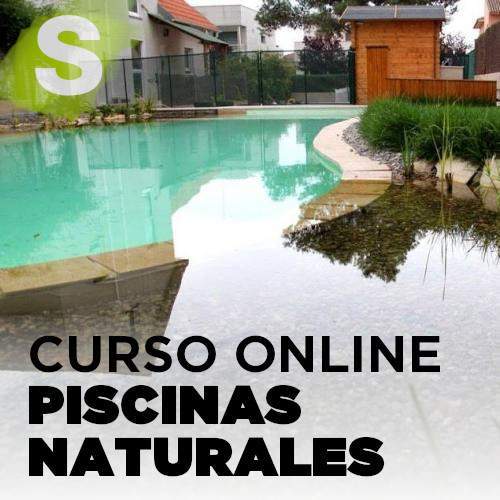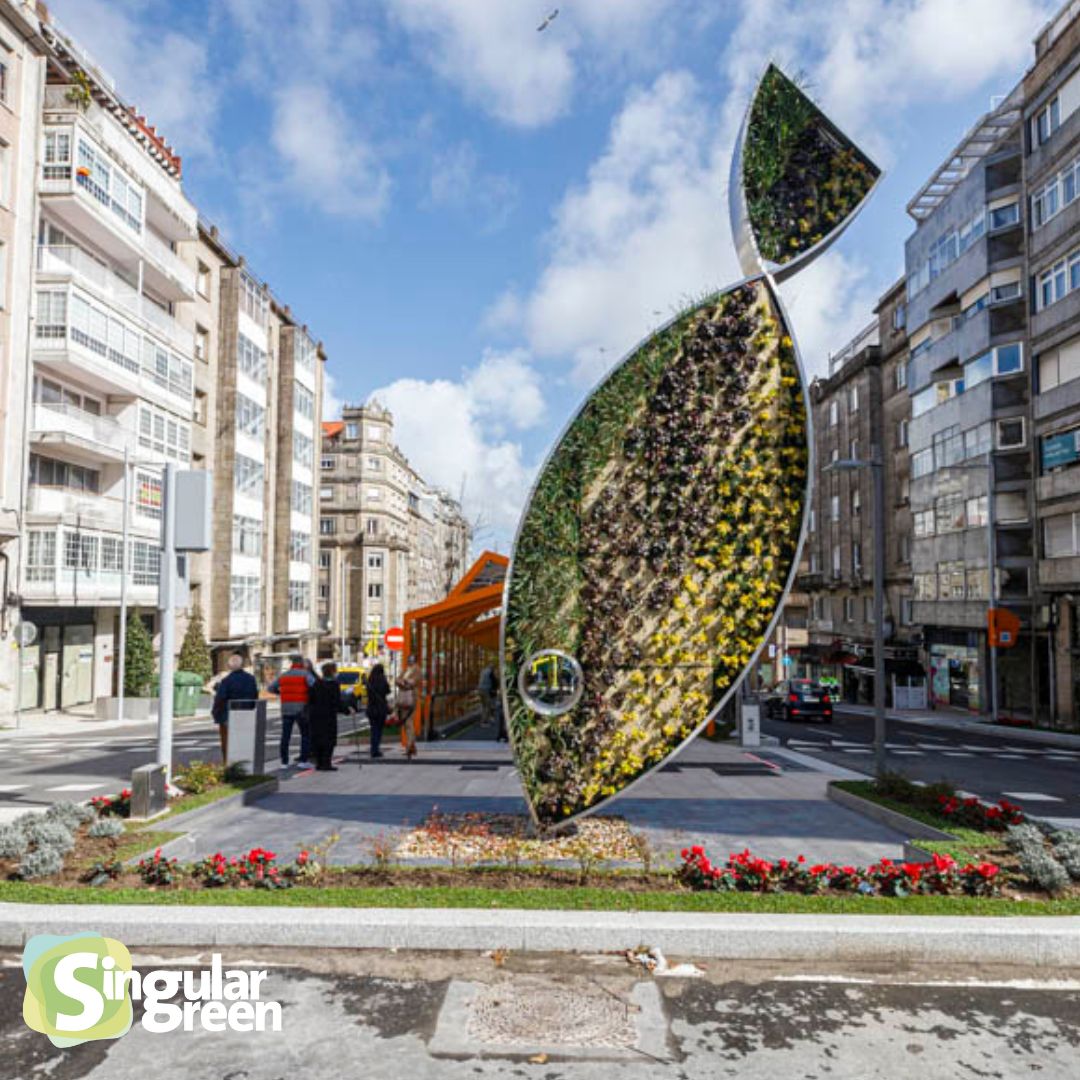New office, new projects, and a new installation in our office: a naturalized swimming pool. In the following lines, we will explain how we carried out the assembly, the composition of the filtration system, and the planting of the plants in this pool made from two prefabricated basins.
What is a Natural Pool?
Before discussing this article, it’s important to understand what a natural pool is, so we explain it in the following video:
Installation of a Naturalized Swimming Pool
Installation of the Swimming Basins
To carry out the installation, the first step was to assemble two prefabricated pools. We purchased two basins of different sizes:
- Swimming basin with a diameter of 3.5m and a height of 0.90m
- Plant basin with a diameter of 3m and a height of 0.90m
To execute the assembly, we followed the instructions provided by the manufacturer. In this video, we explain how we did it.
Installation of the Filtration System for the Naturalized Pool
Once the basins were assembled, the filtration system for the natural pool was installed.
Screen Filter
The filtration system consists of a screen filter through which water from the pool flows via a pipe. The water fills the filter container and cascades down through a parabolic screen, which collects larger debris such as leaves, insects, etc.
When the water passes through the screen filter, it is cleaned, oxygenated, and then flows into the biological filter.
Biological Filter
The biological filter is responsible for transforming the ammonia present in the water first into nitrites and then into nitrates, allowing the water to flow into the plant basin where the plants can absorb and nourish themselves.
Any water that the biological filter cannot absorb due to flow is channeled through a pipe directly into the plant basin.
Inside the biological filter, there are a series of black pieces where the bacteria that carry out the filtration process adhere. Additionally, air is needed for this process, which is injected into the filter via an air pump.
In the following image, you will see a diagram of the filtration system for the natural pool:
And to make these concepts even clearer, we provide this explanatory video of the filtration system:
Planting of Species in the Naturalized Pool
After installing the filtration system, the planting phase began. There are two ways to place the plant species in the natural pool:
The first method is through a series of floating grids where the plants grow and extend their roots into the water.
The second method for introducing plants into the pool is by using mesh planters.
Planting in Planters
To carry out the planting in the planters, several materials are needed, and the following steps should be followed:
- Place a geotextile over the planter to prevent the substrate from escaping.
- Add rock wool inside the planter.
- Next, add a small amount of slow-release fertilizer. This fertilizer is used to give the plants an advantage over algae, as otherwise, the algae could end up choking the plants.
- Add gardening substrate.
- Cover with gravel that effectively absorbs nitrates, and finally, place the plant, finishing by covering the base of the plants with gravel.
Maintenance of the Naturalized Pool
The maintenance of natural pools is straightforward, as they do not contain chlorine and do not require any chemical products. The only tool needed is a pool vacuum to remove leaves, insects, and any debris that may fall into the natural pool.
Cycling Period
he cycling period is the time it takes for the pool ecosystem to stabilize and reach its equilibrium. This period in a natural pool typically lasts between one to two months, during which it goes through different stages. In the early stages, it is normal for the pool to lose clarity and take on a green hue due to a high concentration of unicellular algae. However, it is important to allow the plants to continue their natural course, and the pool will eventually regain its initial transparency.
If you are considering installing a natural pool, do not hesitate to contact us; we would be happy to assist you. If you want to learn more about natural pools, our website provides detailed information on the topic.
Additionally, if you want to learn about natural pools, we offer online training. Sign up!








